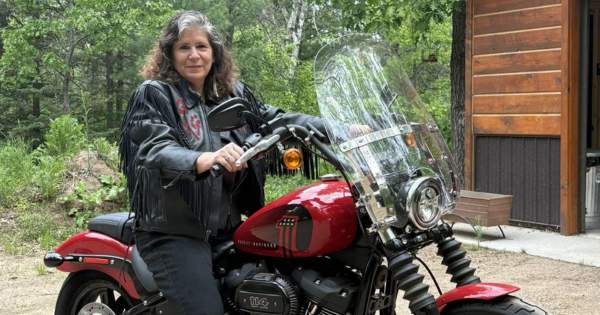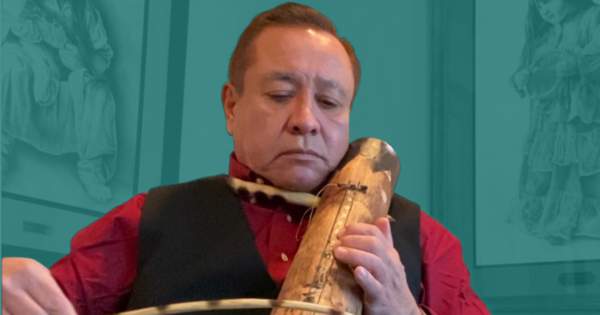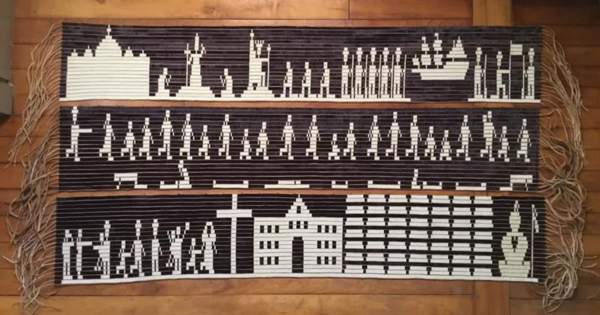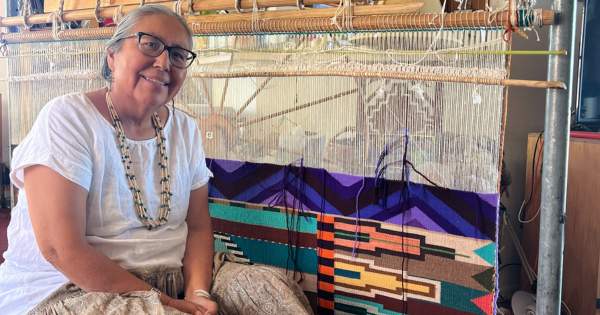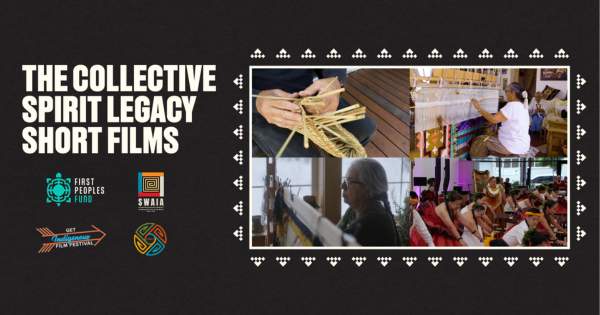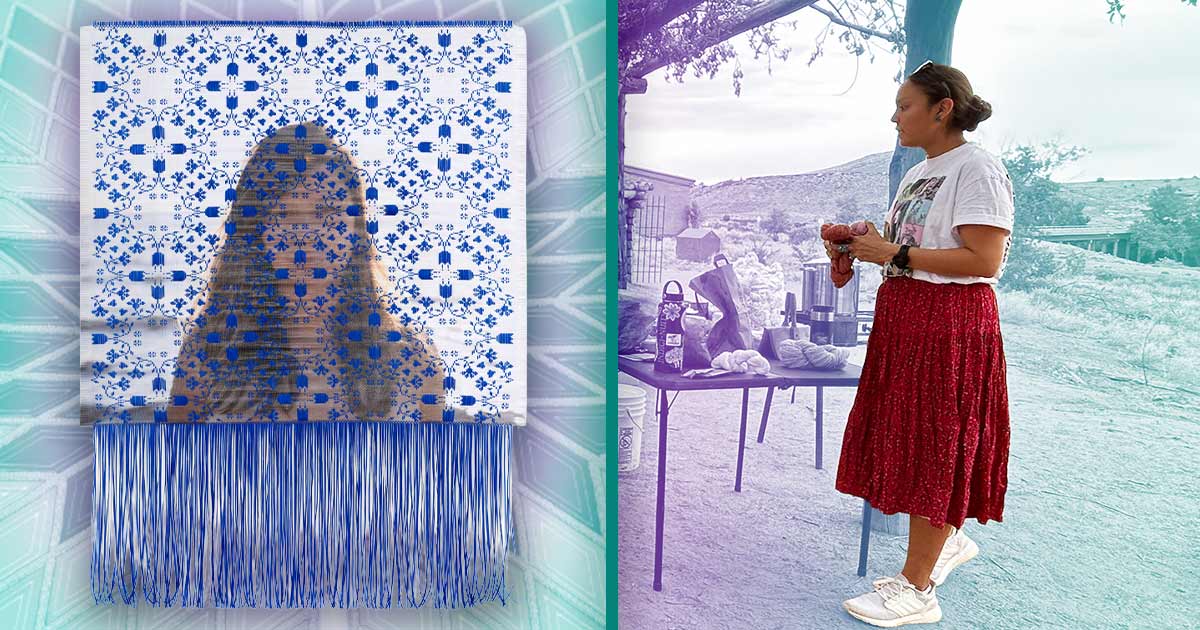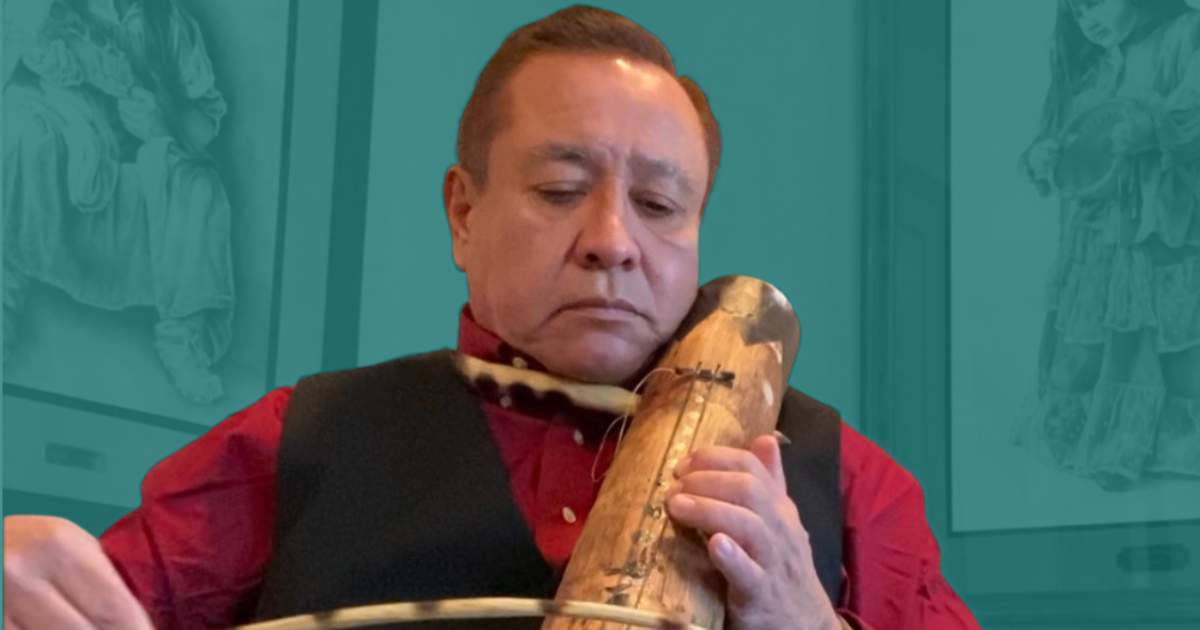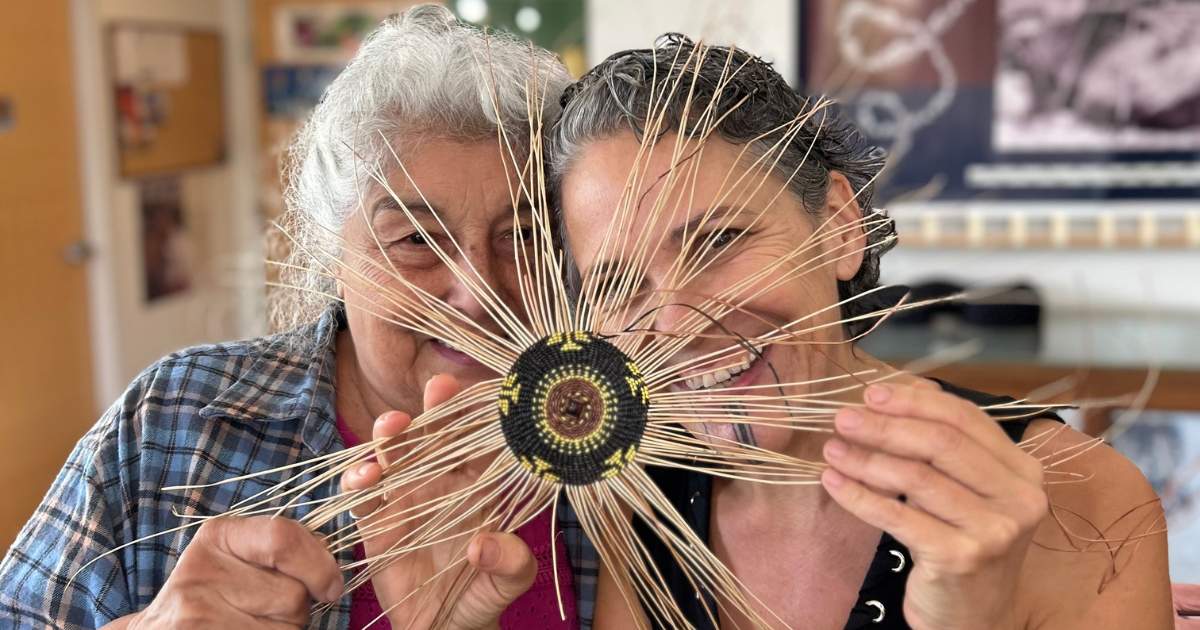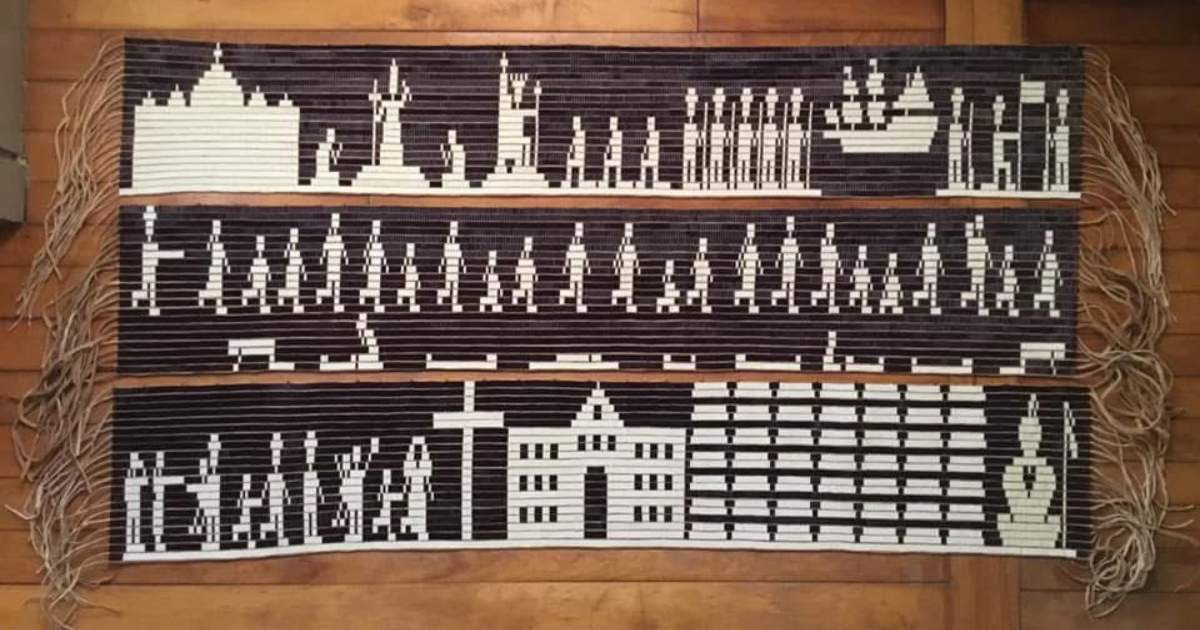
Walking with the Ancestors
By Sarah Elisabeth Sawyer (Choctaw Nation), Artist in Business Leadership Fellow 2015
Ten years ago, Kamaliikupono Hanohano (Native Hawaiian) began a lifelong apprenticeship with Su‘a Sulu‘ape Keone Nunes (Native Hawaiian) in his traditional tattoo school known as Pāuhi where he teaches “Kākau uhi” which is generally defined as traditional Hawaiian tattooing.
Kamaliikupono is the youngest traditional Hawaiian tattoo artist today. He was awarded a 2019 First Peoples Fund Cultural Capital Fellowship to fund travel to conferences and materials needed to perpetuate this traditional practice.
When Kamaliikupono was 15, he asked his art teacher to let him meet an elusive man. It took a year, but Kamaliikupono’s teacher finally had this man, master traditional Hawaiian tattooist, Keone Nunes, come into the classroom.
When Keone entered his life, Kamaliikupono wanted to receive Alaniho, a uniquely Hawaiian tattoo running from hip to ankle. Keone, a 2015 First Peoples Fund Community Spirit Awards recipient, agreed on one condition — that Kamaliikupono receive blessing from his family.
Kamaliikupono’s father said no.
“My dad doesn’t have tattoos himself,” Kamaliikupono says. “He and my grandfather were part of the lost generation of Hawaiians who were beaten for speaking the language. Just being Hawaiian was frowned upon.”
But Kamaliikupono diligently asked his father every month for four years. When his father realized that Kamaliikupono was serious and did understand what he was committing to, he gave his blessing.
Keone tattooed Kamaliikupono and, a year later, took him in for a traditional apprenticeship, one that will last a lifetime. Keone brought him into his home to sit and observe the work, learning by watching. Over time, Kamaliikupono received blessings to do the work himself.
The protocol for tap tattooing involves time; it’s a spiritual journey. The person receiving the tattoo undergoes a rigorous time of physical restrictions. When all is prepared, family is often a part of the ceremony when the tattooing takes place.
Creating the traditional tattoo tools Kamaliikupono uses is as significant as each step in the process. A mōlī is made of albatross bone, turtle shell, and wood harvested from Hawai‘i (big) Island that requires him to travel at least once a year. Kamaliikupono uses a hitting stick to strike the tool and create the pattern.
“The patterns we wear are the same patterns of our fore-bearers, passed down from generation to generation for hundreds of years,” he says. “We wear uhi (tattoo) so that our ancestors may walk with us.”
Kamaliikupono is 10 years into his apprenticeship, and it is his responsibility to ensure the line of knowledge does not end with him.
“I am a versed painter and sculptor as well,” he says, “but I would say doing traditional tattoo is to be a part of an eternal cycle, connecting past and future.”

